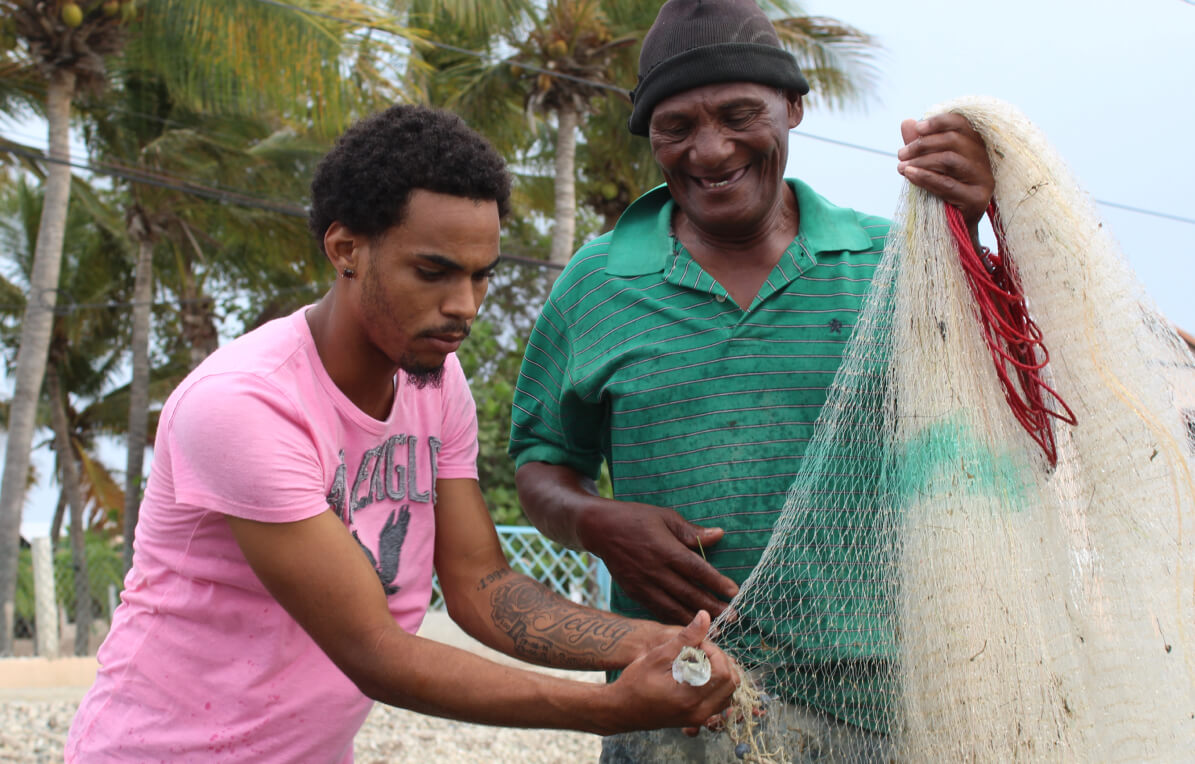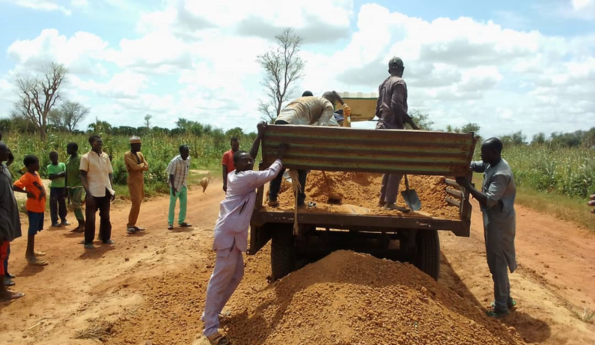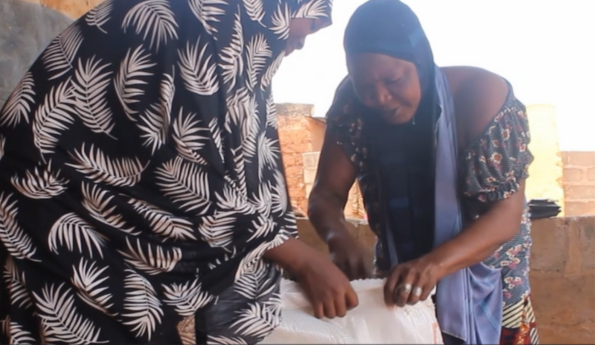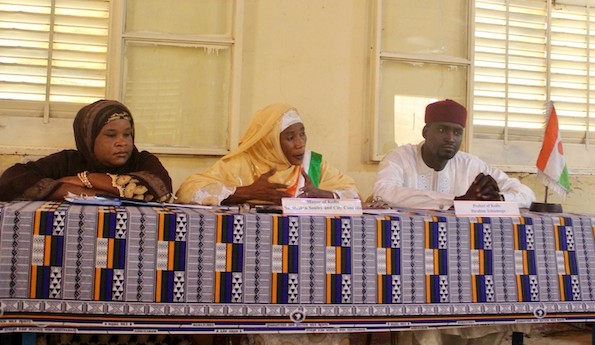Counterpart works around the world in localized, highly participatory ways with individuals, leaders, organizations, and government. We elevate the voices of those who have been excluded from the political process so that their needs are met through a more effective and responsive government that encourages citizen participation.
When citizens monitor government performance, they strengthen the relationship between the community and authorities, and ultimately contribute to improved local government responsiveness. To influence local government development plans and monitor local government responsiveness, Counterpart set up a network of citizen monitoring committees, or CVCs for the name in French (comités de veille citoyenne), across Niger. The visual below illustrates how various actors yield specific outcomes through participation in activities.
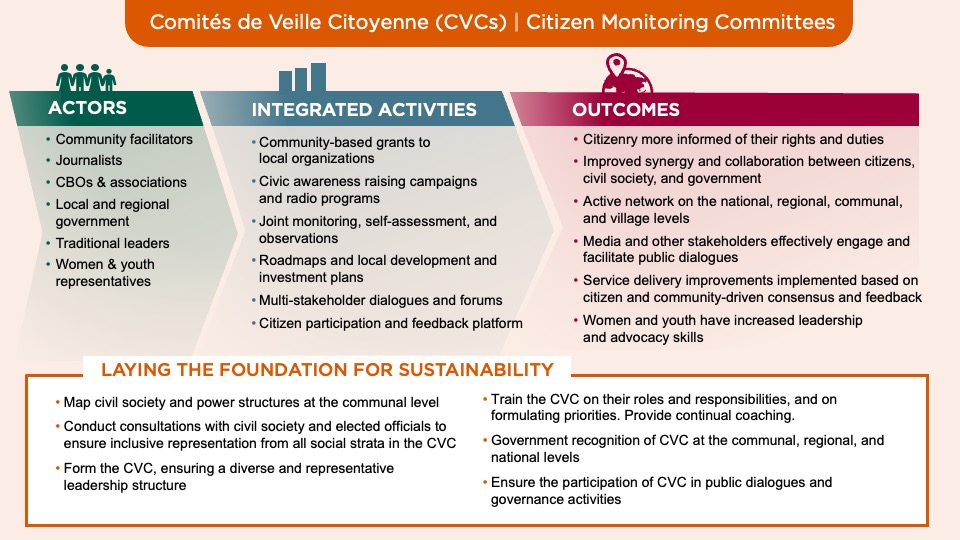
The citizen monitoring committees collect feedback from the community on the quality of the government’s service delivery, organize joint monitoring and observation of public services, and facilitate collaboration between local authorities and civil society actors through multi-stakeholder dialogues and forums. These integrated local governance activities result in plans that empower the committees to monitor the commitments of officials to deliver improvements to public services, such as water, education, and health.
Originally designed as a group of informal monitors, the committees evolved into formally registered entities that serve as intermediaries between citizens and local authorities, provide oversight of performance, and mobilize private sector resources through community-driven philanthropy.
Counterpart’s USAID-funded Participatory Responsive Governance – Principal Activity and current Resilient Governance in Niger Activity have demonstrated the influence these community-led structures wield. The CVCs have become an important forum for strengthening inclusion within the communities by improving the participation of women and youth in committee management and decision-making processes, as well as in local governance initiatives and dialogues. Speaking about the role that they play in the development of communes, the mayor of Guidiguir (in Zinder), recognized how “[CVCs] help us to mobilize both the population for development actions and for the collection of financial resources.”
Zinder City Education Forum
The CVCs were critical in organizing the Zinder City education forum to address declining examination results from high school and middle school students.
In the months following the forum, Zinder’s departmental director of national education noted, “Zinder City Education Forum has already contributed to a significant improvement in success rates for the high school diploma and middle school certificate examinations.”
The impact of the CVCs Counterpart established led to local authorities officially recognizing more than 25 of them. They have become a permanent institution within the local governance landscape of the country.
Benefits extend beyond community involvement
CVCs have resulted in improved governance structures. The continued engagement of CVCs in setting local government agendas and in monitoring local government performance has led to a more equitable deployment of health staff and services, the redistribution of teachers across rural-urban areas, and the decentralization of the decision-making processes related to teacher assignments. CVCs ensured a greater allocation of municipal governments’ budget to renovate classrooms and health centers to improve the learning environment and delivery of lifesaving health services; supported local resource mobilization by increasing citizens’ understanding and willingness to pay taxes; and improved service provision, including the delivery of clean water to residents.
Boosting Resource Mobilization
“At the Gagyi market, we used to have an average collection level of $20 to 21 [in market stall rental fees] per market day. The week we organized the awareness sessions with the support of the citizen monitoring committee, we recovered almost $200.” Amadou Habou, Mayor of Wacha Commune.
In its work to cultivate local leadership, the project prioritized the inclusion of women, youth, and marginalized persons. The CVCs came together, learned together, and grew stronger together. They are now actively involved in their communities and participating in planning and budgeting processes. This in turn is helping to increase revenue and government responsiveness to the benefit of all.


